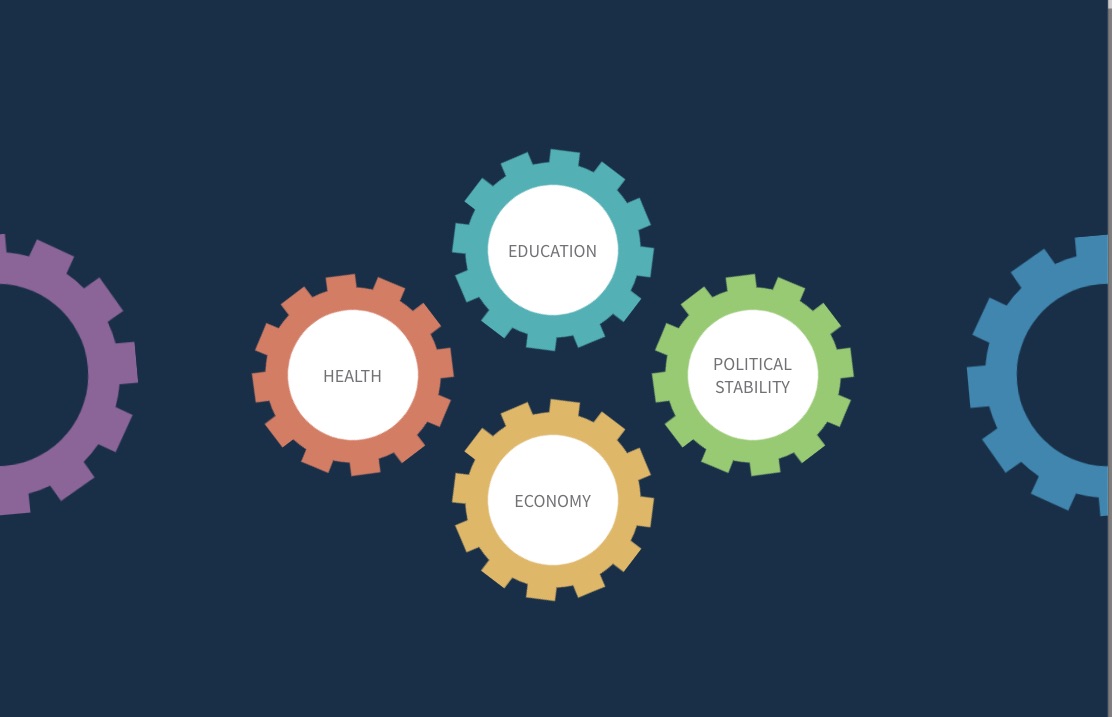PRB Discuss Online: Is Sub-Saharan Africa an Exception to the Global Trend Toward Smaller Families?
(2008) Sub-Saharan Africa remains the "last frontier" of fertility decline. Throughout the developing world (including China), the average number of children per woman has dropped from around six in 1965 to just about three today.


